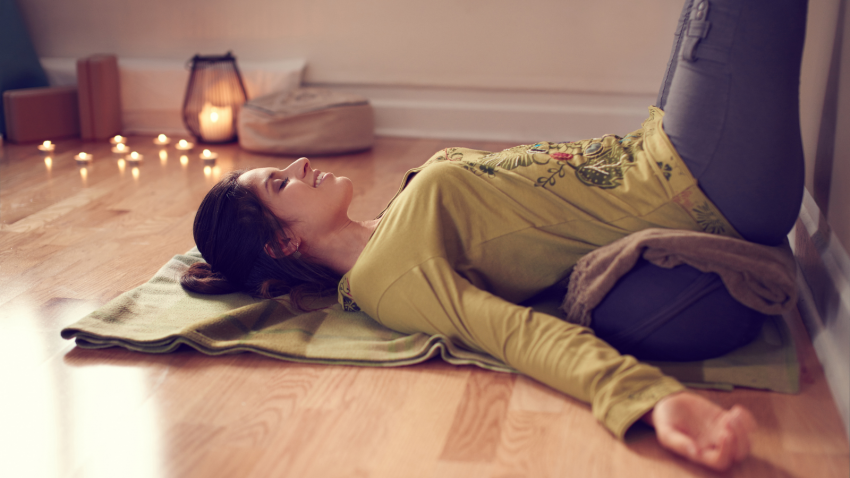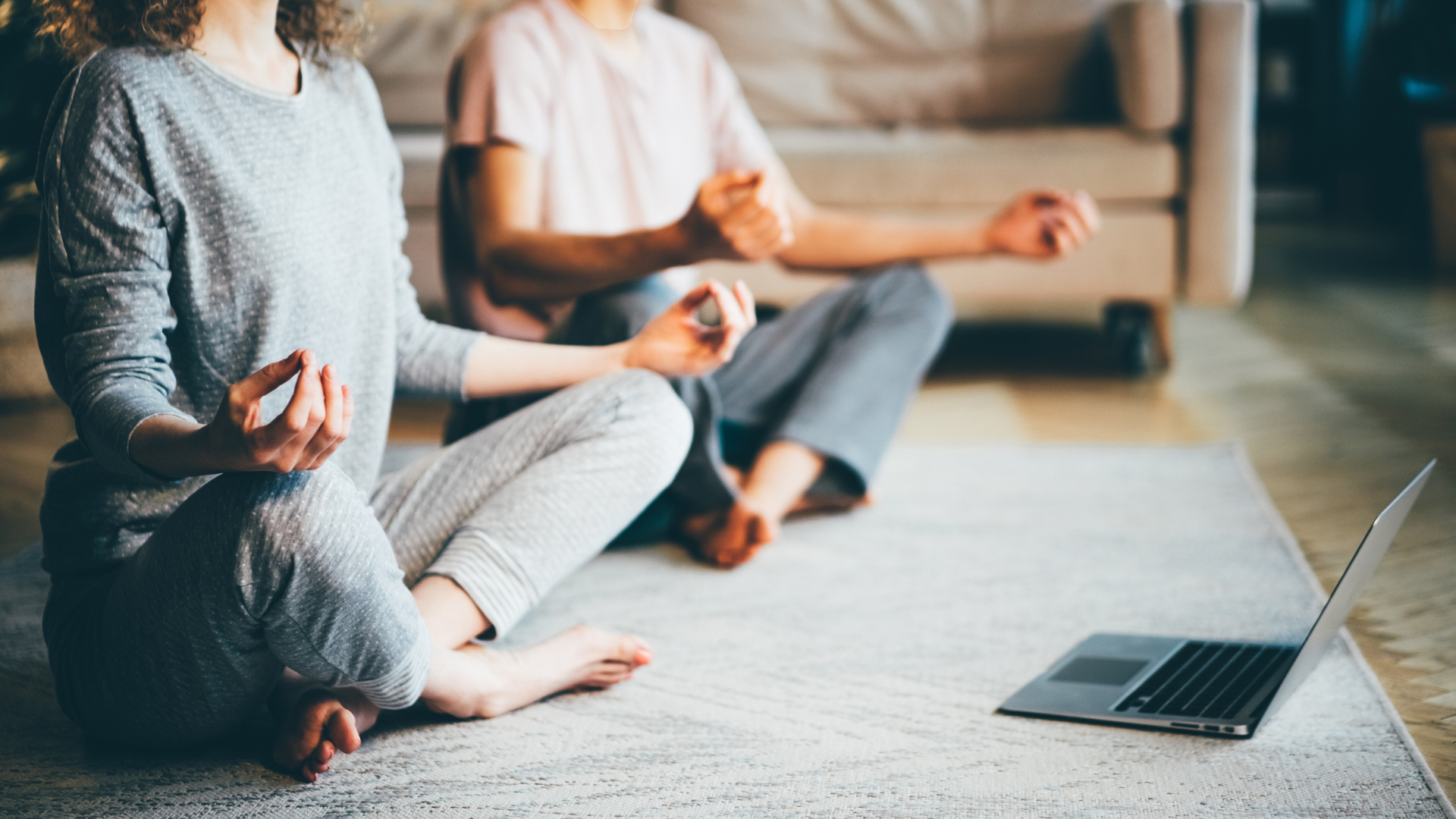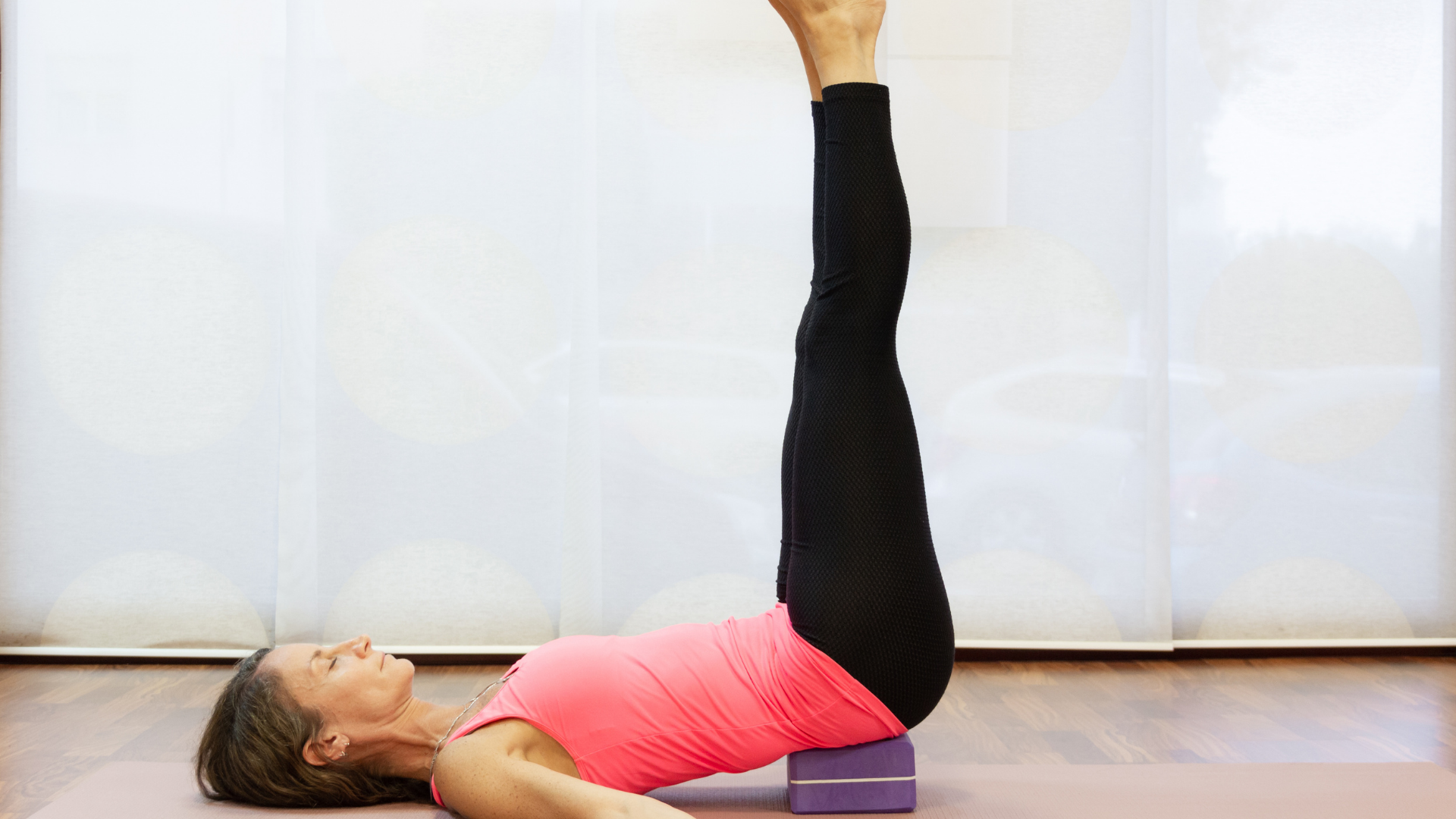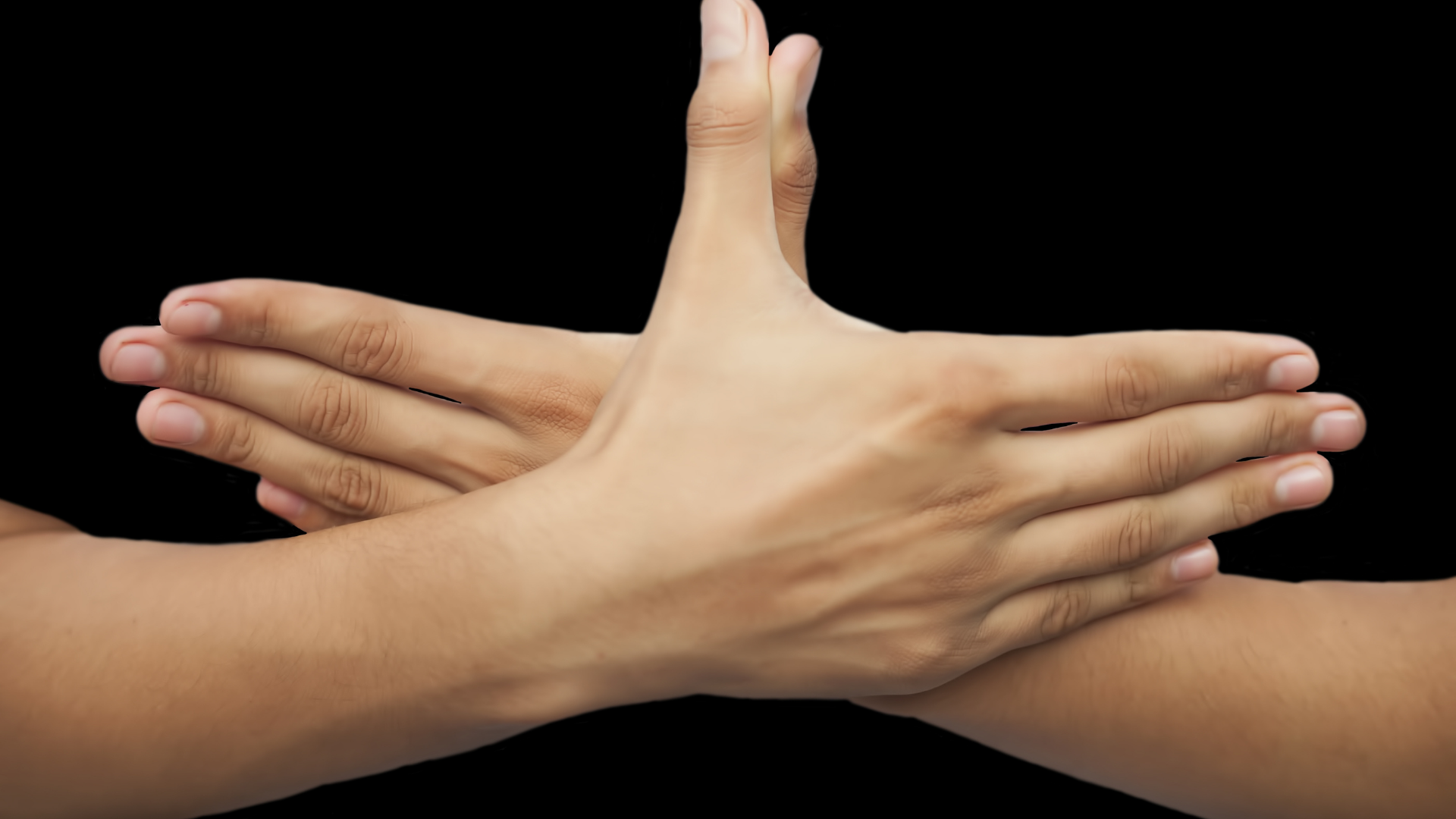View basket (0 items $0.00)
Error message
- Notice: unserialize(): Error at offset 5 of 154 bytes in variable_initialize() (line 1202 of /home/dh_6hcdc2/yogau.online/docroot/includes/bootstrap.inc).
- The file could not be created.
- The file could not be created.

Show Up and Be Heard: Vishuddha Chakra
This is part 6 in my series on the chakras. The last post focused on Anahata (Heart) chakra, and how we sense, feel, and express love and compassion. This post will explore Vishuddha (Throat) chakra.
Vishuddha translates as purification. It is considered the connecting point between the heart and the head. The energy of this chakra is associated with the jaw, tongue, mouth, neck, larynx, and thyroid and parathyroid glands of the endocrine system. The element is space.
Yoga and the “Innernet”
There are important life lessons connected to the energy of this chakra. Here are three from my most trusted sources on the chakra system, Anodea Judith, Carolyn Myss, and Joseph Le Page:
-
Attunement to the subtle energies between the heart, brain, and higher consciousness
-
Communication—finding one’s voice and expressing it responsibly
-
Surrender—taking right action and releasing attachment to the outcomes
The lesson I’m first drawn to is communication, the transfer of information and news from one source to another. In our five-sense material world, we do this with words, writing, body language, and our ever-present devices, which connect us to the Internet.

However, if we are diligent in our yoga practice, we learn to communicate internally through what Anodea Judith calls “the innernet,” our “inner system of neurons, muscles, breath, and sensation that tell us whether we are doing a pose correctly.” I would add that with time and reflection we expand our experience of the physical innernet to access all layers of self-awareness in order to attune and surrender to our higher consciousness.
Vishuddha Chakra Challenges
It helps to consider both the challenges and choices we may face as we work with the energy of the fifth chakra.
Challenges—Unhelpful Core Beliefs
-
Distraction: Difficulty experiencing silence in meditation and contentment in daily living
-
Attachments: difficulty releasing attachment to people, things, and the outcomes of our own actions
-
Deficiency: experiencing ourselves as lacking and incomplete
Choices—Helpful Core Beliefs
-
Focus: Listening to our truth as it speaks to us within silence and meditation
-
Non-attachment: Viewing material things and the outcomes of our actions as signs on the path to awakening to our true being
-
Wholeness: Recognizing that we are already whole and works-in-progress at the same time
As an introvert, I’ve been struggling with being seen and heard for years. Energetically, it’s been exhausting. Many years ago, in the middle of a hissy fit, I told a coworker that I was seriously thinking about taking a vow of silence since no one was listening to me anyway. Now, due to reflection, deep inner listening, and my yoga practice, I’ve been able to find my voice and express it effectively through writing. This works well for me because it’s a way to show up and be heard without being interrupted. With two books under my belt and another one in the works, my fifth chakra is feeling healthy and balanced.
Working with the energy of this chakra is, as you will discover, a lifelong journey. Here are two suggestions for practice.
How to Support Vishuddha Chakra with Yoga Practice
Supported Half Shoulderstand Pose (Ardha Sarvangasana) with a Block

This pose is said to bring blood and prana to the upper body, help cultivate a sense of serenity, and stimulate the fifth chakra. You can exchange the pose with Legs Up the Wall Pose (Viparita Karani) for similar effects. (shown top image)
Contraindications: Those with neck, shoulder, or back issues, uncontrolled high blood pressure, pregnancy, stroke, glaucoma, and acid reflux should practice with caution or avoid the pose altogether. I have cervical vertebrae issues but find this version to be comfortable.
-
Lie on your mat.
-
Bend your knees to bring your feet flat on the floor, hip-width apart and parallel as though you are preparing for Bridge Pose (Setu Bandha Sarvangasana).
-
With your arms by your sides, palms down, lift your hips, and with one hand place a block on its widest side under your sacrum moving it around until you find your “sweet spot” and feel stable and supported. Make sure that your block is placed wide enough across your pelvis so that it supports the entire sacroiliac (SI) joint.
-
Place your arms alongside your body or move them into a “T” formation.
-
When ready, bring your knees into your chest and then slowly extend them upward.
-
Adjust the block if necessary.
-
Keep your legs engaged by gently flexing your feet.
-
To come out of the pose, lower your feet to the floor one at a time, lift your hips, remove the block, and release your back and hips down to the mat.
-
Rest with your knees drawn into your chest.
If you suffer from any of the contraindicated conditions for Half Shoulderstand and find the supported version uncomfortable, you may find the following energy practice a suitable alternative.
Gesture of the Eagle (Garuda Mudra)

This mudra, shown in the photo above, is said to support the health of the thyroid and parathyroid glands, the throat, and the vocal cords. It can also release tension from the mouth, neck, and jaw. The instructions are from Joseph and Lilian Le Page’s Mudras for Healing and Transformation.
-
Hold the right palm facing the chest.
-
Place the palm of the left hand onto the back of the right hand.
-
Interlace the thumbs and press gently.
-
The hands are angled diagonally, forming wings, with the fingers held together or slightly open.
-
Relax the shoulders back and down, with the elbows held slightly away from the body and the spine naturally aligned.
Hold the mudra for 5 to 10 breaths working up to five minutes if and only when you are completely comfortable.
For me, the strongest effects occur when I place my hands directly in front of my throat.
Mindful Speaking and Listening
To manage all sides of the communication coin, we need to reflect long and deeply on how we talk and listen to our deepest inner selves and to our communications with others. It’s easy to judge someone else’s style, which might actually be a reflection of our own. Here’s a poem I wrote to remind me how to show up and be heard and to see and hear others.
Show Up and Be Heard
To be seen and heard is both a tango and a duet.
To be successful, we must give as good as we get.
Shift happens when we witness what we think and what we do.
Only then can we know what adjustments may be due.
How we listen and how we talk, requires holding space.
We know we need to practice. We also need some grace!
Reprinted with permission from YogaforHealthyAging.Blogspot.com

 Beth Gibbs, MA, is a certified yoga therapist through the International Association of Yoga Therapists and a faculty member at the Kripalu School of Integrative Yoga Therapy. She holds a masters’ degree in Yoga Therapy and Mind/Body Health from Lesley University in Cambridge, MA. She is the author of Enlighten Up! Finding Clarity, Contentment and Resilience in a Complicated World and Ogi Bogi, The Elephant Yogi, a therapeutic yoga book for children. Beth is an experienced workshop leader and public speaker. She blogs at bethgibbs.com
Beth Gibbs, MA, is a certified yoga therapist through the International Association of Yoga Therapists and a faculty member at the Kripalu School of Integrative Yoga Therapy. She holds a masters’ degree in Yoga Therapy and Mind/Body Health from Lesley University in Cambridge, MA. She is the author of Enlighten Up! Finding Clarity, Contentment and Resilience in a Complicated World and Ogi Bogi, The Elephant Yogi, a therapeutic yoga book for children. Beth is an experienced workshop leader and public speaker. She blogs at bethgibbs.com
Featured Courses








